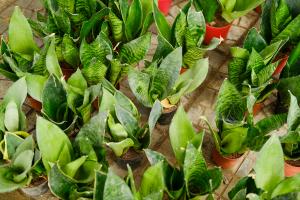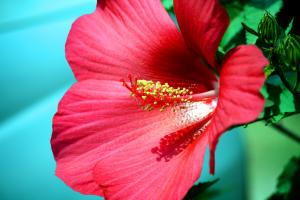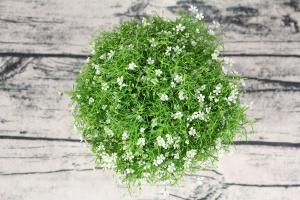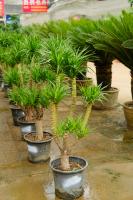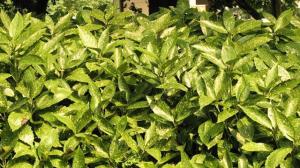When Were Ficus Trees First Planted in Los Angeles?
It is hard to imagine the landscape of Los Angeles without the iconic trees that line many streets and sidewalks. Ficus trees have become a signature part of the city’s urban forest, but when were they first introduced and planted in LA?
The History of Ficus Trees in Los Angeles
The first Ficus trees were planted in Los Angeles in the late 19th century. They were originally brought to the city as ornamental plants, prized for their lush foliage and unique form. However, it was not until the early 20th century that the Ficus truly became an iconic part of the city’s urban landscape.
In the 1920s and 1930s, city planners in Los Angeles began to plant Ficus trees along many of the city’s major streets and thoroughfares. These trees quickly became popular with residents for a variety of reasons. They provided shade, helped to reduce urban heat island effects, and added a distinctive look to the city’s streetscapes.
The Benefits of Ficus Trees in Los Angeles
Trees like the Ficus are important for the health and wellbeing of urban communities. They provide numerous benefits, including:
Improving air quality by filtering pollutants out of the air
Reducing energy consumption by providing shade and cooling
Decreasing noise pollution
Increasing property values
Creating habitats for birds and other wildlife
Ficus trees are particularly well-suited to the climate and growing conditions in Los Angeles. They are adaptable to different soil types and can tolerate both drought and heavy rain. These qualities make them a popular choice for planting along streets and in public parks.
The Challenges of Maintaining Ficus Trees
Despite their many benefits, Ficus trees can also present some challenges when it comes to maintenance. One major concern is the issue of root damage. Ficus trees have a strong root system that can damage sidewalks, roadways, and other infrastructure when not properly managed.
In recent years, there have been efforts to address these issues by implementing new planting and maintenance techniques. For example, the city of Los Angeles has begun using root barriers to protect infrastructure from damage. Additionally, the city has started to plant alternative species, such as London plane trees, in areas where Ficus trees are no longer feasible due to the presence of underground utilities.
The Future of Ficus Trees in Los Angeles
Despite the challenges that Ficus trees can present, they are likely to remain an important part of the urban landscape in Los Angeles for years to come. Many residents and visitors have grown to love and appreciate these trees for their beauty, history, and many benefits. As the city continues to grow and change, it will be important to consider the role of trees like the Ficus in creating thriving, sustainable urban environments.
In conclusion, Ficus trees have been an integral part of the urban landscape in Los Angeles for well over a century. While their history is rich and complex, it is clear that they will continue to play an important role in shaping the city’s identity and defining its streetscapes for generations to come.

 how many times do yo...
how many times do yo... how many planted tre...
how many planted tre... how many pine trees ...
how many pine trees ... how many pecan trees...
how many pecan trees... how many plants comp...
how many plants comp... how many plants can ...
how many plants can ... how many plants and ...
how many plants and ... how many pepper plan...
how many pepper plan...